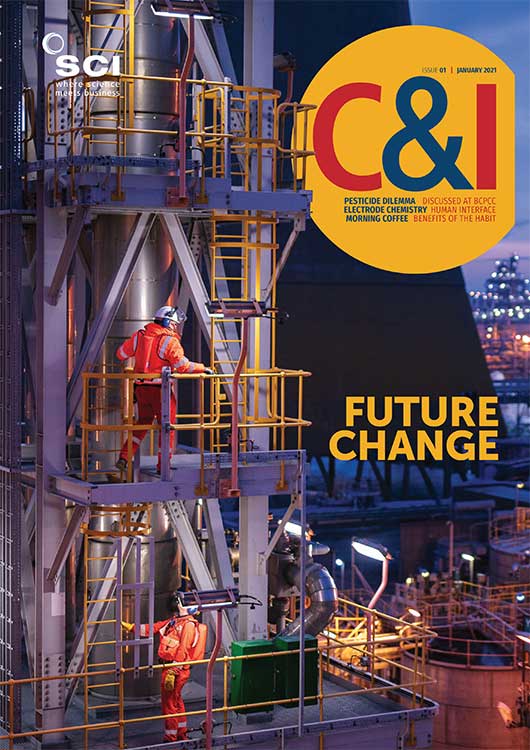XiaoZhi Lim
To feed a growing world without an accompanying increase in greenhouse gas emissions, microbes may soon step up as a new source of protein.
Microbial protein promises huge increases in efficiency of land and resource use, compared with traditional meat or plant protein – in particular, that of nitrogen use. Around 1-2% of the world’s energy is spent synthesising ammonia from unreactive nitrogen gas, but much of this fixed nitrogen never makes it to vegetable or animal protein.
By one estimate, conventional agriculture is just 16% efficient at turning nitrogen into protein, with significant quantities of lost nitrogen ending up as pollution (Environ. Sci. Technol., doi: 10.1021/es505432w).
Microbes are far more efficient than plants at taking up nitrogen. But even for growing microbes, nitrogen needs to be supplied in the form of nutrients. Some microbes can fix their own nitrogen, but those tend to be very sensitive to oxygen and are difficult to grow industrially, says Brian Sefton of NovoNutrients, a US, California-based biotech company. In nature, nitrogen-fixing bacteria live inside nodules on the roots of legume plants, which maintain an anaerobic environment for the bacteria.
Nico Boon at the University of Ghent in Belgium and his colleagues recently attempted to find a microbe that could potentially grow on minimal nutrients by consuming carbon dioxide, hydrogen and oxygen gases, while fixing its own nitrogen from air (Environ. Sci. Technol., doi: 10.1021/acs.est.9b06755).
The researchers cultured three sets of bacteria taken from forest soil, a microbial fuel cell and saline sediment with either nitrogen gas or dissolved ammonium as the sole source of nitrogen, and carefully controlled oxygen levels. The researchers observed some of the bacteria could indeed grow by fixing their own nitrogen, incorporating carbon dioxide into their biomass, and oxidising hydrogen for energy. But those eating ammonium grew twice as fast and produced double the biomass for the same quantity of hydrogen and oxygen supplied.
‘Bacteria are very good at calculating their best profits, so they will try to grow with the least effort,’ says Boon. Because nitrogen fixation is an energy-intensive process, when ammonium is present, the bacteria’s nitrogen-fixing genes become down-regulated and the energy savings could be redirected to growth, he explains.
Since there is a trade-off between using reactive nitrogen to get faster growth, and letting the microbes fix their own nitrogen but grow slower and use more hydrogen for energy, Boon thinks a possible happy medium could be stripping ammonia from wastewater and feeding that to microbes. To prevent pollution from high levels of ammonium in wastewater, typically, denitrification processes at wastewater treatment plants turn ammonium into nitrates, and finally into nitrogen gas. Meanwhile, at a different chemical plant, nitrogen gas is converted back into ammonia for synthetic fertilisers.
‘If you really think of the environment to try to solve some of the problems we have, recovery may be a better way,’ Boon says.





